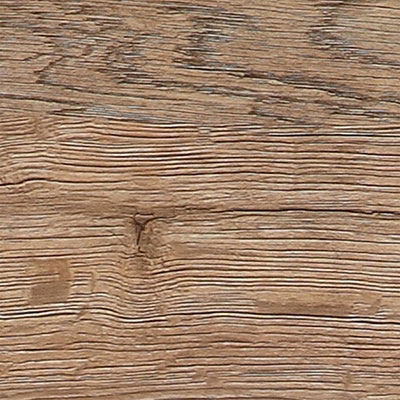Primary benefits

The primary benefit of Vinyl flooring is that it is one of the most waterproof flooring options available.
We specialize more in vinyl planks or tiles compared to sheet vinyl. Plank and tile products can be much more efficient to install and don't require seaming of traditional sheet vinyl.
This category is growing faster than any other. That has lead to more and better visuals to choose from, and new product innovations year after year.
Vinyl flooring is taking flooring share aware from carpet, wood, laminate and tile. Basically it is being used in more and more areas previously considered the domain of other flooring types.
Material thickness

Unlike laminate, the thickness of a vinyl floor is always an indicator of quality because there is a wider range of materials used to create the thickness or core (parts 4 and 5 of this picture)
Different floors may have cores made up of different material, or more "air" vs. the material. An SPC floor, for example, may be one of the thinnest products available. Its strength and durability comes from the type of material in its core , not just the thickness of it.
For most of our residential customers, any thickness or type of core will generally work just fine. Of course, if we uncover a specific reason you should consider a certain type of vinyl flooring, we'll be certain to point it out to you.
Also worth noting is that most vinyl floors that require or benefit from an underlayment will have it attached by the manufacturer. This thickness is often described and labeled differently from product to product.
Visuals: Wood & Tile

Since vinyl is so friendly in wet environments, it comes as no surprise that it is available in styles that mimic the look of traditional tiles. The most common format of tile-look vinyl is a 12"x24" rectangle. Some options even include built in grout lines, or the ability to add grout making it look even more like ceramic, porcelain or natural stone.
Most modern wood-look vinyl flooring will have material sizes between 5" and 9" wide with lengths from 36" up to 7 feet!
With new printing processes, today's quality vinyl flooring can also include very realistic embossing that follows the visual cues of the material.
durability and moisture resistance

The durability of vinyl primarily comes from the type and thickness of its top wear layers (parts 1 and 2 in this picture) , and the quality of its core (parts 4 and 5 of the same picture)
Thickness of the top layer alone is not enough to determine the quality of a floor's finish. 20 mils of inferior material may not last as long as 12 mils of higher quality material. Floors Come True carries vinyl for rental properties with 6 mils, for commercial environments at 28 mils or more, with most high quality residential products being either 12 or 20 mil.
What the core of the floor is made of will usually be determined by what letters are in its name. SPC, WPC, LVP, etc. We'll be happy to discuss the pros and cons of each of these during a consultation.